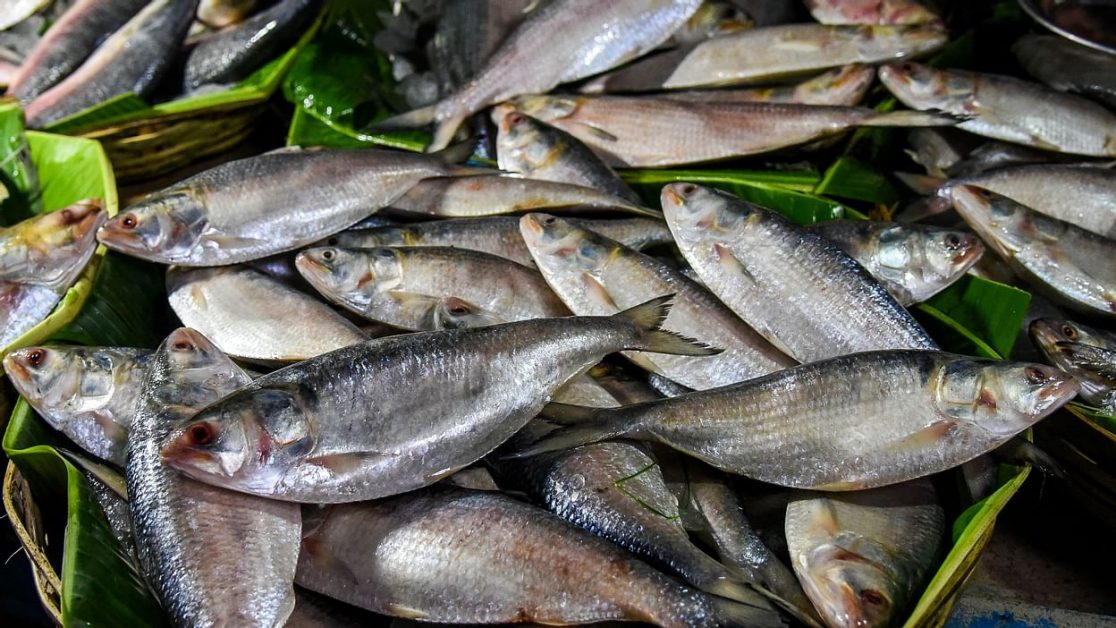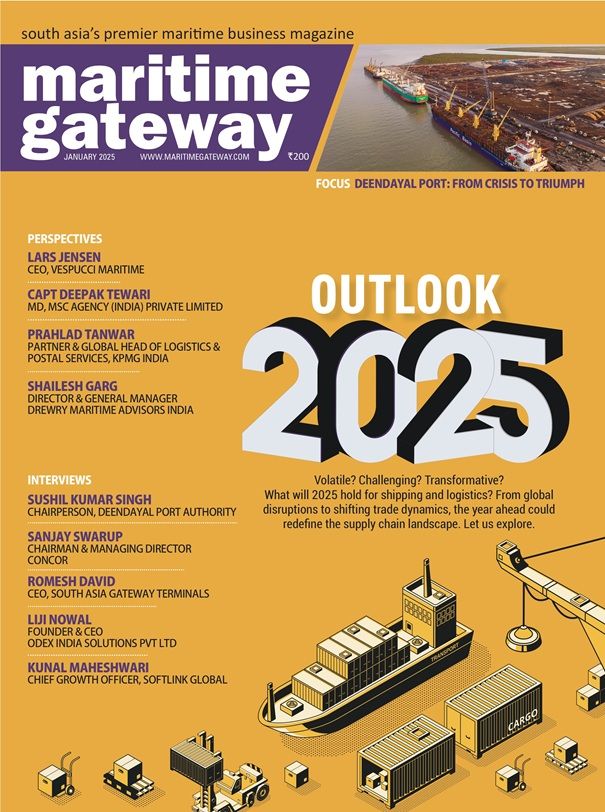September 18, 2020: Padma’s hilsa has started hitting back from Bangladesh to Bengal markets this monsoon. After Bangladesh gave special permission to its traders for hilsa export, the state has already received 70 metric tonne hilsa in the last two days. The neighbouring country will export a total of 1,450 metric tonne of the fish, thereby rekindling hope of resumption of border trade on a regular basis after a gap of eight years.
Packed inside ice-filled theromocol boxes, the first consignment of 20 metric tonne of fish reached in three trucks on Monday. The 50-metric-tonne second consignment reached the local markets on Tuesday. Nine companies have been granted permission to export hilsa and has to be completed by October 10, said sources.
It is speculated that the Bengal and Bangladesh governments failed to find a meeting ground on the Teesta water-sharing agreement in 2011, which was the reason behind the neighbouring country’s banning of hilsa export the next year. However, Bangladesh had stated that low availability of fish was the reason behind the ban.
“We have always been very optimistic. Almost every year, we have written letters to the Sheikh Hasina government to lift the ban. Last year, we received 500 metric tonne of Bangladeshi hilsa as puja gift. This year 1,450 metric tonne will reach the state in a phase-wise manner. Let’s hope Bangladesh government lifts the ban on cross-border trade of hilsa,” said Syed Anwar Maqsood, Secretary of West Bengal Fish Importers’ Association.
Depending on size, the price of hilsa in local markets varies from Rs 600-1300. The fish generally weighs between 600 and 1200 gram. As soon as the consignments reached Bengal, traders auctioned the catch to retailers, who in return are now selling it to customers.
Depending on size, the price of hilsa in local markets varies from Rs 600-1300.“I got one kilo of hilsa at Rs 1,200. For a Bengali like me, it’s not a big price to pay for opar hilsa (Bangladeshi hilsa). Prices may come down later. But if you get fresh Bangladeshi hilsa during the monsoon, then what else can you ask for,” said Koushik Ghosh, a customer at Howrah fish market.
Since the ban was imposed, it was only twice that Bangladesh government had allowed hilsa exports, once in May 2016 and then again last year when 500 tonne of fish from the Padma-Meghna rivers were sent to Bengal during Durga Puja. With the ban, the demand for hilsa has been all-time high in West Bengal, specially Kolkata.
While hilsa is also available in West Bengal, the size and quality is far more superior on the other side of the border. About two years ago when the hilsa production was relatively high, even then 90 per cent of landing was between 200 and 300 gram.
“We can never compare Bangladeshi hilsa to what we get here locally. The taste is completely different . You have to taste it to believe it. Bengalis are food lovers, we don’t understand cross-border politics. It’s sad that we live on the mercy of Bangladeshi government to relish our favourite delicacy. I bought a medium-sized hilsa today, for which I shelled out Rs 900,” said Supratim Dasgupta, another buyer at Teghoria fish market.
According to fish traders, the biggest problem with local hilsa is that fishermen catch them even before they grow mature. It hampers the reproduction of fish.
“There are certain steps that must be followed if we want to conserve hilsa locally, which we fail to do. We hope the Bangadesh government lifts the ban some day. We have regularly written to them and we are still hopeful,” Anwar added.
For 72-year-old Arindam Chatterjee, monsoon and hilsa go hand in hand.
“You can’t enjoy one without the other. Now that Bangladeshi hilsa is flooding the local market, we won’t buy other fish at least for the time being,” he said.
Source: nyoooz







